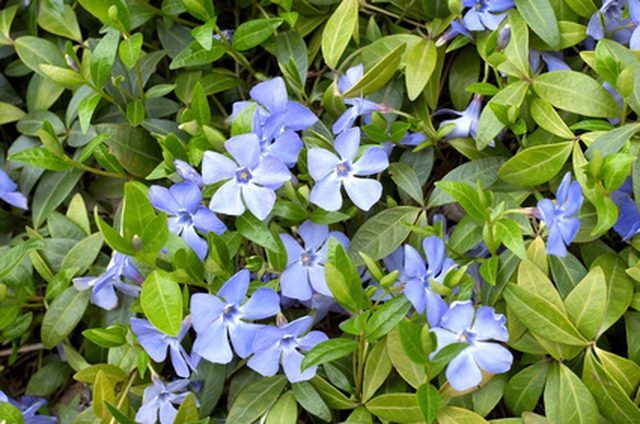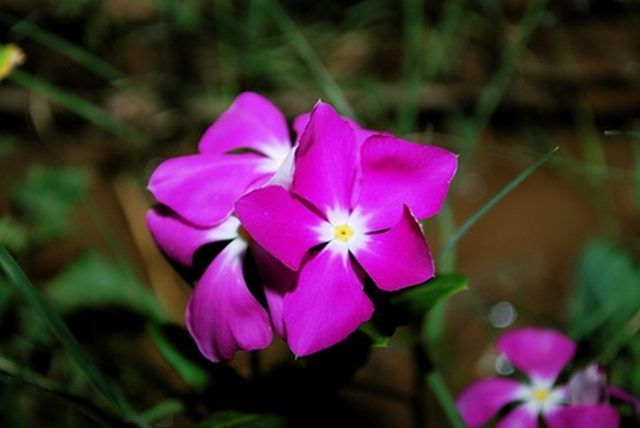Bulbs
Flower Basics
Flower Beds & Specialty Gardens
Flower Garden
Garden Furniture
Garden Gnomes
Garden Seeds
Garden Sheds
Garden Statues
Garden Tools & Supplies
Gardening Basics
Green & Organic
Groundcovers & Vines
Growing Annuals
Growing Basil
Growing Beans
Growing Berries
Growing Blueberries
Growing Cactus
Growing Corn
Growing Cotton
Growing Edibles
Growing Flowers
Growing Garlic
Growing Grapes
Growing Grass
Growing Herbs
Growing Jasmine
Growing Mint
Growing Mushrooms
Orchids
Growing Peanuts
Growing Perennials
Growing Plants
Growing Rosemary
Growing Roses
Growing Strawberries
Growing Sunflowers
Growing Thyme
Growing Tomatoes
Growing Tulips
Growing Vegetables
Herb Basics
Herb Garden
Indoor Growing
Landscaping Basics
Landscaping Patios
Landscaping Plants
Landscaping Shrubs
Landscaping Trees
Landscaping Walks & Pathways
Lawn Basics
Lawn Maintenance
Lawn Mowers
Lawn Ornaments
Lawn Planting
Lawn Tools
Outdoor Growing
Overall Landscape Planning
Pests, Weeds & Problems
Plant Basics
Rock Garden
Rose Garden
Shrubs
Soil
Specialty Gardens
Trees
Vegetable Garden
Yard Maintenance
Can You Start Vinca From Cuttings?
Can You Start Vinca From Cuttings?. While annual vinca, or Madagascar periwinkle (Catharanthus roseus), is best grown from seed, perennial littleleaf periwinkle (Vinca minor) and common periwinkle (Vinca major) easily grow from cuttings.

While annual vinca, or Madagascar periwinkle (Catharanthus roseus), is best grown from seed, perennial littleleaf periwinkle (Vinca minor) and common periwinkle (Vinca major) easily grow from cuttings.
Rooted Stems
Vinca produces two types of stems. The upright stems sport flowers while the non-flowering horizontal stems spread along the ground. The horizontal stems often form roots where the leafy nodes touch the ground. For a quick cutting, find a rooted node and clip the stem leading back to the parent plant. The new, rooted cutting will grow into a new vinca.

Cuttings
Select cuttings from the horizontal stems, not the flowering stems. Take cuttings any time of the year, but make sure the cutting is from an actively growing plant. Water the plant well. Do not take cuttings from a wilted plant or during afternoon heat. Secondary cuttings, from lower on the stem, respond better than terminal cuttings at the vinca's tip. New roots usually form in two to four weeks.

Rooting Mix
Many gardeners set cuttings in water. While this may work for some plants, water will smother the new roots of a vinca cutting. The North Carolina State University Extension recommends using a mix of 80 percent coarse perlite and 20 percent sphagnum peat moss.